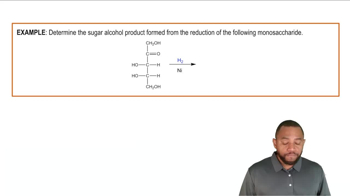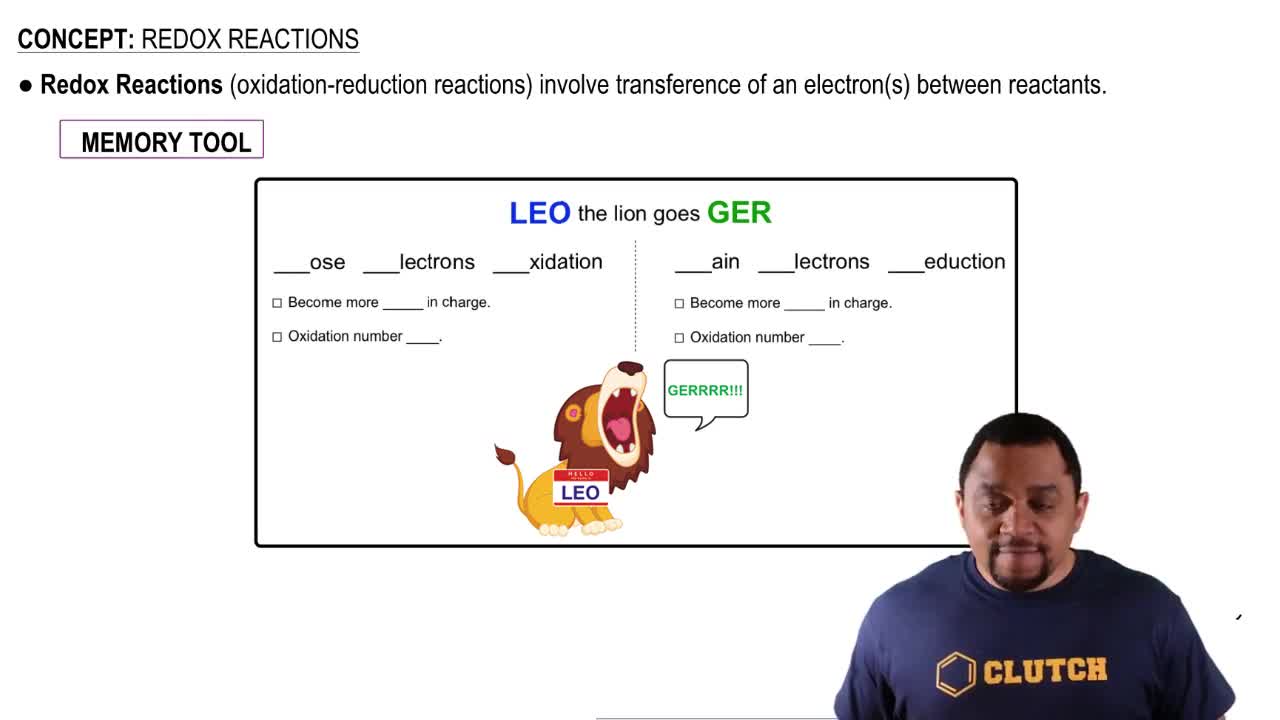Textbook Question
Fill in the missing organic product or reactant for the following hydration reactions:
(b) <IMAGE>
21
views
 Verified step by step guidance
Verified step by step guidance



Fill in the missing organic product or reactant for the following hydration reactions:
(b) <IMAGE>
Fill in the missing organic product or reactant for the following hydration reactions:
(a) <IMAGE>
Fill in the missing organic product or reactant for the following hydration reactions:
(b) <IMAGE>
Are the substances shown in italics undergoing oxidation or reduction?
(c) The biomolecule FADH₂ loses hydrogen, becoming FAD.
ALLIED Health Identify the main organic reaction shown as condensation, hydrolysis, oxidation, or reduction:
(b) <IMAGE>
Determine whether each of the following organic reactions is an oxidation or a reduction reaction. (Only the organic compounds are shown.)
(b) <IMAGE>